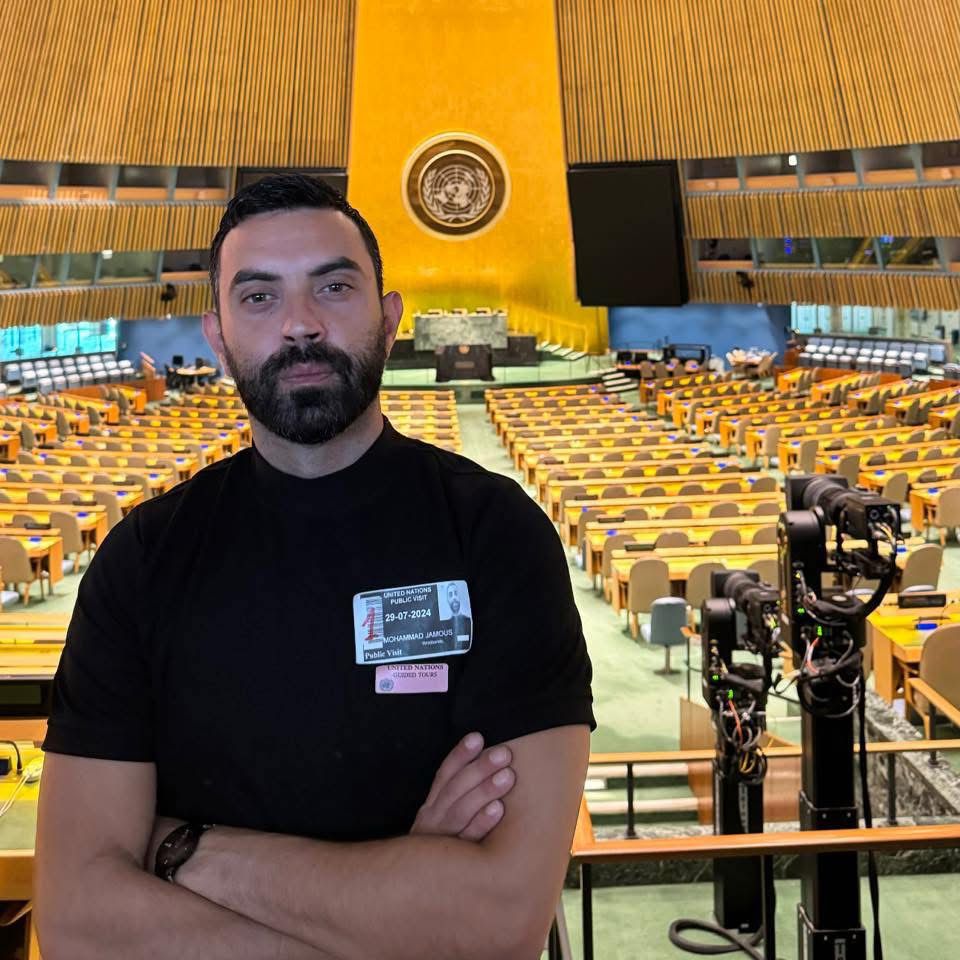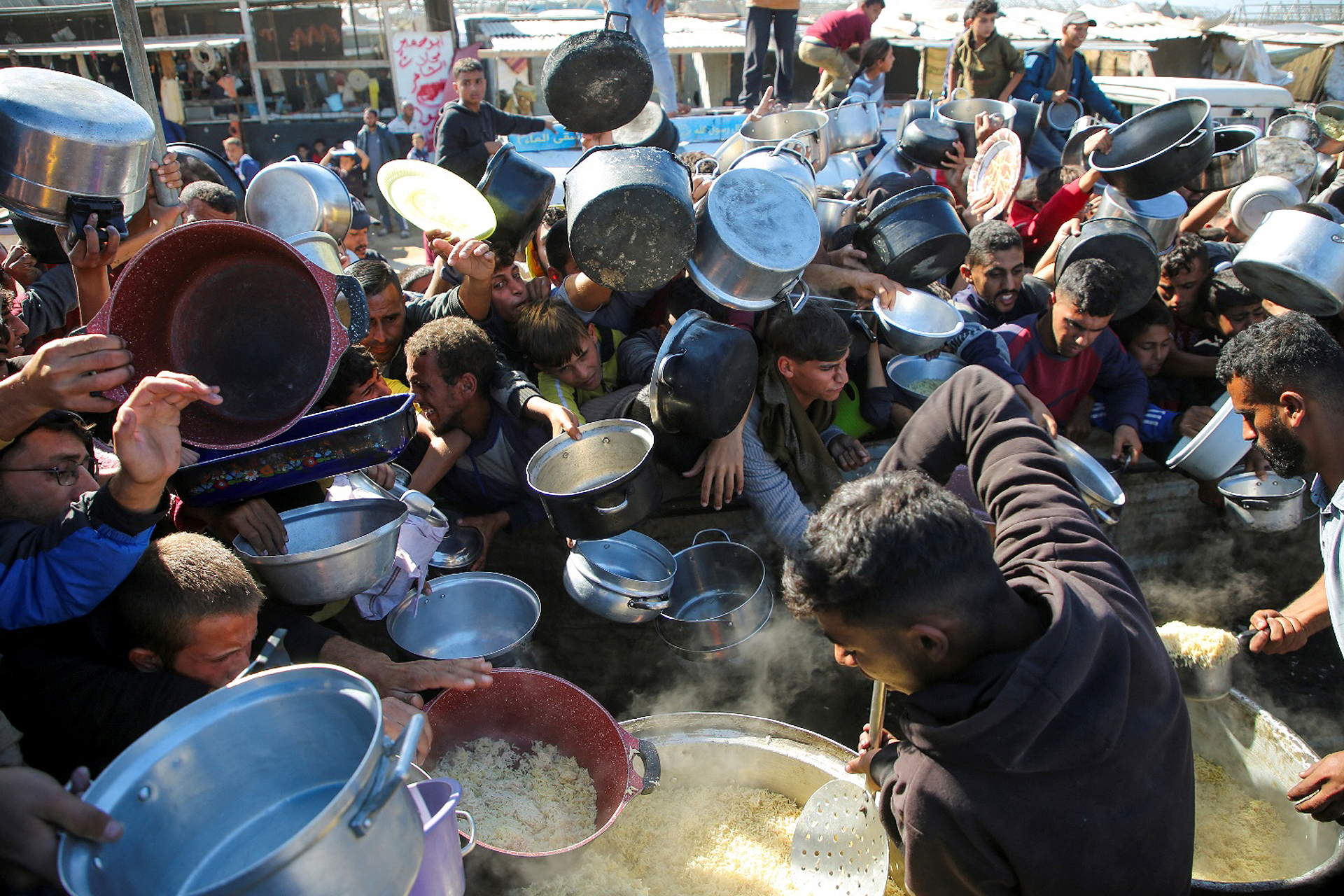Compare that swift de-escalation to Gaza, where the airstrikes have thundered for twenty-one months. The enclave’s Health Ministry now counts more than 56,000 Palestinians dead—the highest toll in any Israeli-Hamas war. Through each agonizing round of diplomacy, Hamas has rejected truce proposals under the slogan istikmāl al-muwājaha(“continue the confrontation”). Iranian handlers applauded from afar.
The double standard is not lost on Arabs themselves. Iraqi parliamentarian Dhafir al-Ani distilled the anger in a viral Arabic post: For a year and a half, Iran pressed Hamas to refuse a cease-fire with the Zionists—then Tehran sprinted to an agreement with Israel after just twelve days of fighting on its own doorstep. The hypocrisy, he wrote, “knows no bounds.”
Iran’s revolutionary brand long rested on waving the Palestinian flag. Yet the Islamic Republic’s relationship with Gaza is transactional, not principled. U.S. and Israeli officials estimate that Tehran channels about $70 million a year to Hamas—enough to buy political leverage, but a pittance compared with the cost borne by Gazan civilians. In exchange, Iran’s Quds Force gains a militia that can harry Israel without formally implicating the Iranian state, as bluntly stated by Hamas’s Ismail Haniyeh.
Few embodied that machinery like Brig. Gen. Saeed Izadi, “Haj Ramadan”, head of the Quds Force’s “Palestine Corps.” Captured documents—now public on an Israeli research site—show him coordinating rocket transfers, cryptocurrency wallets, and drone workshops for Hamas. On June 21, an Israeli airstrike in Qom killed Izadi, an operation Defense Minister Israel Katz hailed as removing “the driving force behind the Iran-Hamas axis.”
Izadi’s death came amid a wider Iranian wake-up call. Israeli raids reached deep into Isfahan, and U.S. B-2s flattened portions of Iran’s centrifuge halls. Confronted with the risk of wider war—and having already lost 610 people by Tehran’s own count—Iran’s leaders calculated that resistance was no longer glorious. Within days, they agreed to a Trump-brokered stand-down.
For Gazans, the contrast is brutal. They have endured systematic destruction while Iranian television celebrates “steadfastness.” When the missiles landed in Iran, Tehran invoked pragmatism; when the missiles level apartment blocks in Gaza, Tehran preaches martyrdom. It is a façade of solidarity masking a policy of expendability.
If Palestinians are to reclaim their national project from distant patrons, three steps are urgent.
First, we must expose the narrative gap. Arab satellite channels, Western newsrooms and Palestinian influencers should spotlight Iran’s sprint to safety. Highlighting the cease-fire’s brevity next to Gaza’s unending agony punctures the romance of “Axis of Resistance” rhetoric. Narrative warfare matters; when teenagers in Khan Younis see that Iran prioritizes its own protection, their allegiance shifts.
Next, we throttle the money. The Trump administration can leverage Treasury’s secondary-sanctions model—perfected during the first Trump term—against banks, shipping firms and crypto exchanges that funnel Quds Force cash. Reuters has already mapped the maritime ghost fleet and Bitcoin wallets feeding Hamas. A multilateral blacklist, joined by the EU and Gulf states, would raise the price of Iran’s influence.
Lastly, offer a credible alternative. A Gaza Reconstruction Compact—funded by Saudi Arabia and the UAE, managed by the World Bank, audited in real time—could rebuild homes while bypassing Hamas rackets. Tying billions in aid to transparent municipal councils undercuts the narrative that only armed “resistance” delivers relief. With Izadi gone and the majority of Hamas’s Iranian-aligned leadership decimated, space exists for new, indigenous governance.
Skeptics argue that Iran’s pull runs deeper than cash. Ideology, they say, is a religion. But religions fracture when the faithful witness betrayal. Iran’s clerics demanded that Gazans die for the cause; when the fire edged toward Isfahan, they demanded an immediate armistice. Exposing that moral bankruptcy does not solve the conflict, but it strips away an obstacle to any serious Palestinian strategy rooted in self-determination rather than subcontracted struggle.
The Trump White House now has an opening. Enforce the Israel-Iran cease-fire it just brokered. Expand the Quds Force sanctions network. And, before and above all, invest in a Gazan future defined by accountable local leaders rather than far-away patrons. For decades, Tehran wrapped itself in the Palestinian flag. Its lightning retreat this week revealed how quickly that banner is dropped when the costs come home.
Palestinians—and the world—should remember the lesson: a partner who prioritizes its own protection is no partner at all.
The opinions expressed in Realign For Palestine publications are those of the individual authors and do not necessarily represent the views of Realign for Palestine, the Atlantic Council, their staffs, or their supporters.






.JPG)


